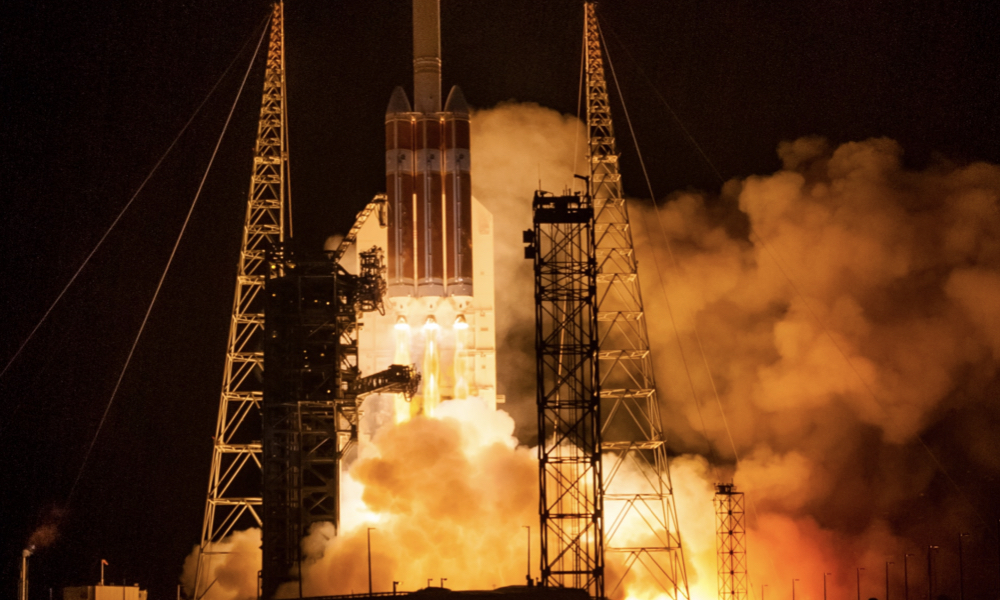
ESA Open Invitation to Tender AO9928
Open Date: 24/07/2019
Closing Date: 09/10/2019 13:00:00
Status: ISSUED
Reference Nr.: 19.1ET.22
Prog. Ref.: Technology Developme
Budget Ref.: E/0901-01 – Technology Developme
Special Prov.: BE+DK+FR+DE+IT+NL+ES+SE+CH+GB+IE+AT+NO+FI+PT+GR+LU+CZ+RO+PL+EE+HU
Tender Type: C
Price Range: > 500 KEURO
Products: Satellites & Probes / RF / Microwave Communication (Platform and Payloads) / Antennas / Omnidirectional, Helix, Horn, Parabolic, Phased Arrays / Platform vs Payload
Technology Domains: Electromagnetic Technologies and Techniques / Antennas / Array Antennas and Standalone Radiators
Establishment: ESTEC
Directorate: Directorate of Tech, Eng. & Quality
Department: Electrical Department
Division: RF Payloads & Technology Division
Contract Officer: Singer, Anze
Industrial Policy Measure: N/A – Not apply
Last Update Date: 05/08/2019
Update Reason: Loaded a new Clarification(English version)
For future geostationary (GEO) telecommunication payloads, there is a need for multi-terabit-per-second throughput. Such Ultra-High-Throughput Satellite (UHTS) communication requires flexible multispot coverage based on a large number of pencil beams for the userlinks (up to few thousands) which is mission dependent. The payload shall be able to match the available resources to the time and space variant traffic profile or to adapt them to different orbital locations. The corresponding highly complex adaptive multi-beam forming requires Digital Beam Forming (DBF) or hybrid digital / analogue capabilities. In addition, the adaptive pencil beam generation requires a large antenna aperture resulting in the need of a highly integrated and modular active phased array antenna (PAA) withassociated deployment mechanisms and a thermal dissipation system. The modularity shall allow the PAA to be adaptable for differentmission scenarios by reusing the same module a number of times. Key characteristics of the PAA are high inter-band RF isolation; modular digital processor with novel digital beam forming network; possible adaptation for low-earth orbit constellations; highly modular deployment mechanism and a thermal heat dissipation system.This activity shall design and test such a payload with the focus onthe PAA:Phase 1: An architecture for future flexible UHTS GEO payloads shall be investigated and defined. RF, thermal, mechanicaland lifetime aspects shall be considered. Beam hopping operation shall be considered. The active antenna module adaptation for low/medium Earth orbit (LEO/MEO) applications shall be assessed as well as simultaneous dual-polarisation operation. Phase 2: Design and critical Bread Boarding (BB). The baseline antenna will be selected for detailed PAA design. An RF demonstrator with all elements identified for critical RF breadboarding shall be manufactured to BB level and shall undergo RF testing including antenna gain measurements. Digital components (digital processors, fpgas, memory banks, digital / analogue converters) shall only be assessed in termsoffunctionality, performance (e.g. Power consumption, complexity, throughput, mass, volume, availability). The Structural Thermal Model (STM) shall contain all critical structural and thermal elements and shall be representative of the actual mechanical stressesandheat sources, including thermal losses expected from the digital components. It shall be sufficiently representative for mechanicaland thermal proof of concept testing to be conducted. A technology roadmap shall be provided based on the outcomes of the activity.
